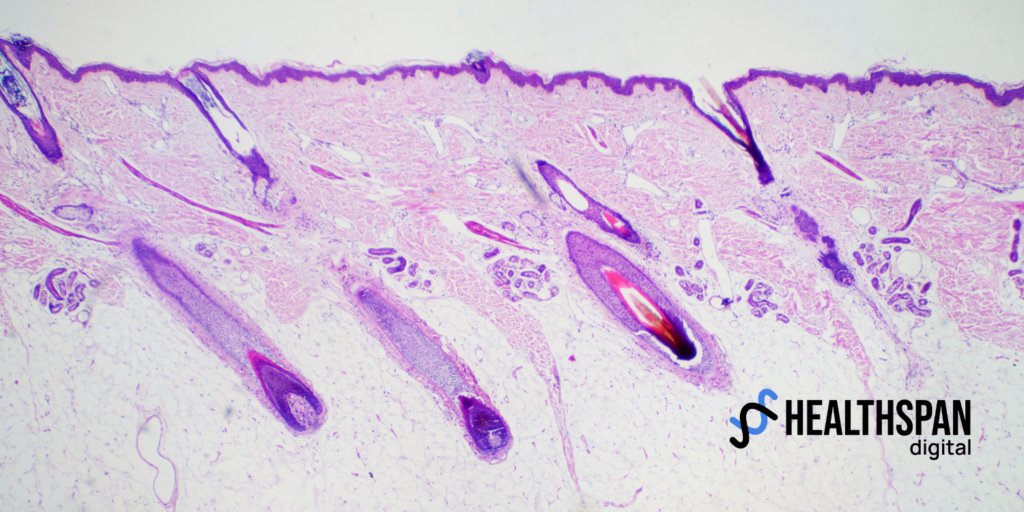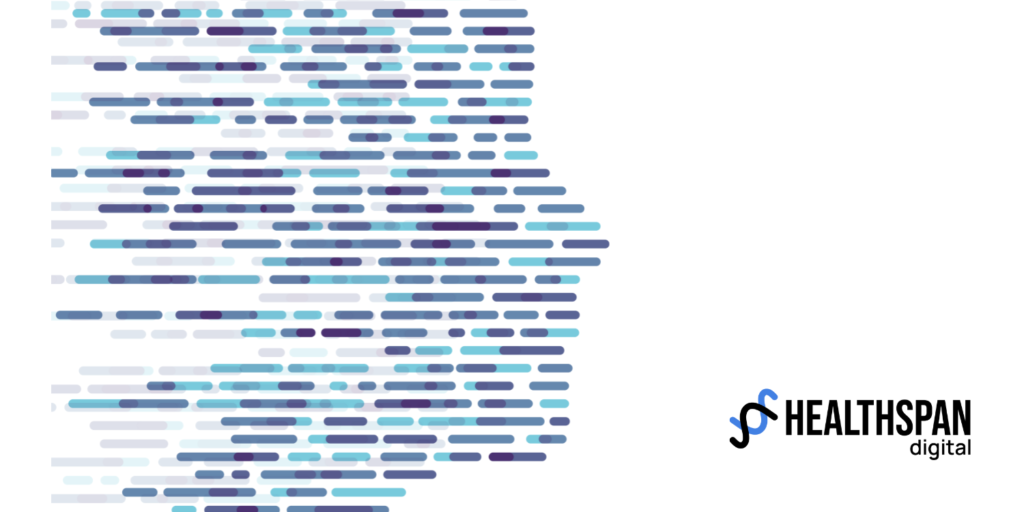Author — Cory S. Goldberg BSc, MD, MASc, FRCSC, FACS, MBA
As Onabotulinum toxin type A, known commonly as Botox and other brand names, enters its 4th decade of clinical use it is worthwhile to consider the many non-surgical rejuvenation techniques in use today and the specific aspects of cosmetic aging that they each address.
Botox and its relatives reduce skin wrinkle formation, and hyaluronic acid fillers restore lost and shifted soft tissue volume. Biodegradable polymer barbed threads can lift skin, while injections of our own concentrated platelets can restore its thickness and elasticity. Aesthetic clinicians know their tools and apply them in concert, composed individually for each patient.
All these modalities address different age-related cosmetic changes, but what about the root cause of them all? The term “Whack-A-Mole Medicine” has become a colloquial way of expressing how medical care has become mostly reactive and disease directed, and which manages consequences or masks symptoms. This is true of aesthetic medicine. In the cosmetic sense, the “moles” we react to are not just skin deep but reflect the underlying systemic deterioration of our cellular and genetic substance.
As functional medicine focuses on preventive systemic maximization of HealthSpan, so should cosmetic medicine. Certainly, the prevention of metabolic syndrome and cardiovascular disease are vital in extending longevity. Using a full array of systemic information to maximize health will also result in the reflection of that in the skin and structural tissues that define our beauty. Maximizing HealthSpan will inevitably be reflected in our appearance.
Even more directly, as the largest organ in the body, the skin and support tissues will also respond to efforts to maximize HealthSpan. Expression lines form from the combination of facial movement and decreased thinned dermis from reduced collagen production. Instead of reducing expressive movement using Onabotulinum toxin, why not maintain the dermis to reduce the formation of creases? Instead of applying synthetic fillers into anatomic segments of facial fat, why not minimize the loss of fat volume and the age-related shifting of these fat pads due to attenuated connective tissue? Why suspend facial skin with temporary subcutaneous threads if skin elasticity could itself be maintained? And why use growth and anti-inflammatory factors in platelet-rich-plasma to stimulate skin rejuvenation when we can maintain youthful skin through maximized HealthSpan.
It is time for cosmetic clinicians to pivot from reactively treating specific symptoms of aging and instead prevent the development of those symptoms through maximizing HealthSpan. Rejuvenation comes from the Latin roots of juvenis, meaning juvenile or young, and re-, meaning again. True aesthetic medicine now requires us to treat skin and overall organ health to maintain youth and its beauty, rather than trying to restore the appearance of it with symptom driven tools, whose indications will diminish as we shift towards maximizing our HealthSpan, and BeautySpan.
About the Author — Cory S. Goldberg BSc, MD, MASc, FRCSC, FACS, MBA Chief Medical Officer; a plastic surgeon and longevity medicine physician with advanced training in Craniofacial Surgery and an MBA in International Business, he leads efforts to address the elective surgery crisis in Ontario and volunteers for cleft lip surgery globally.



